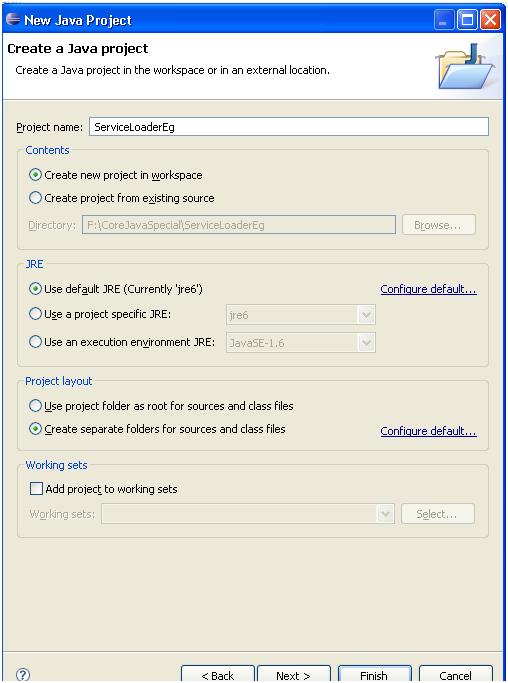There three types of class loaders:-
Bootstrap Class loader
Bootstrap class loader loads those classes those which are essential for JVM to function properly. Bootstrap class loader is responsible for loading all core java classes for instance java.lang.*, java.io.* etc. Bootstrap class loader finds these necessary classes from “jdk/jre/lib/rt.jar”. Bootstrap class loader cannot be instantiated from JAVA code and is implemented natively inside JVM.
Extension Class loader
The extension class loader also termed as the standard extensions class loader is a child of the bootstrap class loader. Its primary responsibility is to load classes from the extension directories, normally located the “jre/lib/ext” directory. This provides the ability to simply drop in new extensions, such as various security extensions, without requiring modification to the user's class path.
System Class loader
The system class loader also termed application class loader is the class loader responsible for loading code from the path specified by the CLASSPATH environment variable. It is also used to load an application’s entry point class that is the "static void main ()" method in a class.
See the following video on overview and working of Servlets in Java: -
Click to get Java Training
Regards,
Get more Java Training from author’s blog
- Bootstrap Class loader also called as primordial class loader.
- Extension Class loader.
- System Class loader.
Bootstrap Class loader
Bootstrap class loader loads those classes those which are essential for JVM to function properly. Bootstrap class loader is responsible for loading all core java classes for instance java.lang.*, java.io.* etc. Bootstrap class loader finds these necessary classes from “jdk/jre/lib/rt.jar”. Bootstrap class loader cannot be instantiated from JAVA code and is implemented natively inside JVM.
Extension Class loader
The extension class loader also termed as the standard extensions class loader is a child of the bootstrap class loader. Its primary responsibility is to load classes from the extension directories, normally located the “jre/lib/ext” directory. This provides the ability to simply drop in new extensions, such as various security extensions, without requiring modification to the user's class path.
System Class loader
The system class loader also termed application class loader is the class loader responsible for loading code from the path specified by the CLASSPATH environment variable. It is also used to load an application’s entry point class that is the "static void main ()" method in a class.
See the following video on overview and working of Servlets in Java: -
Click to get Java Training
Regards,
Get more Java Training from author’s blog
































